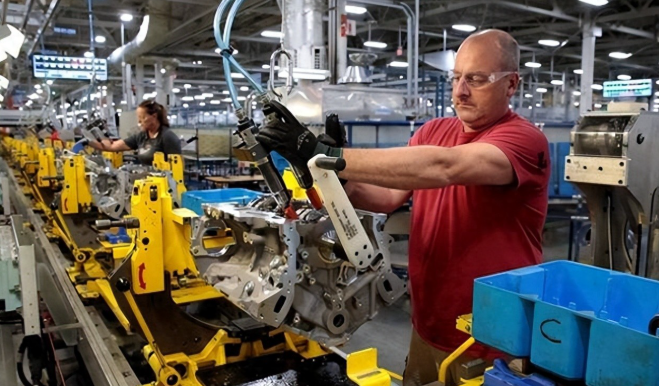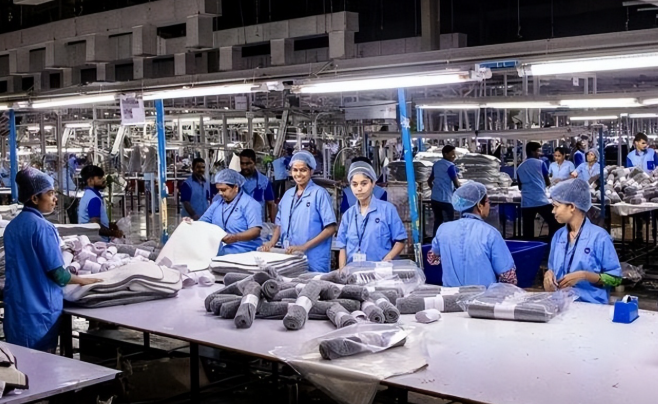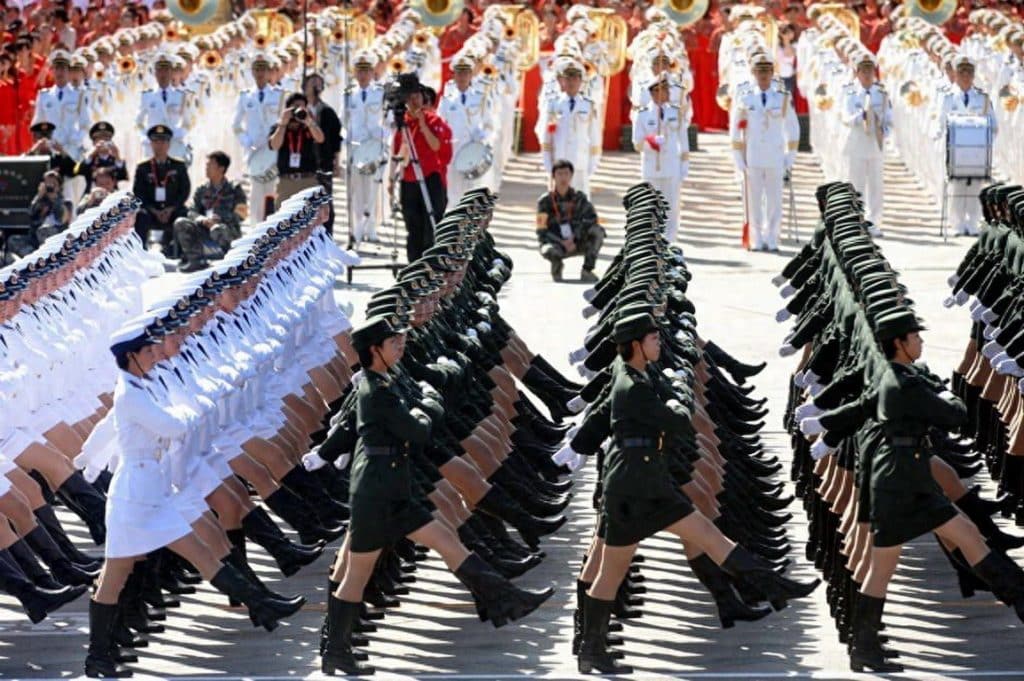America’s Two Wars: Both Critical, Neither Affordable to Lose
The United States, once the undisputed global hegemon, is now fighting two simultaneous battles—each one existential. If Washington loses either, China could achieve a “victory without war” in the great power competition.
War One: Defending the Global Technological High Ground
Back in the 1950s and 1960s, America stood as an industrial giant. A typical U.S. worker’s monthly wage could support a family and purchase a house with a garden—an era that now seems mythical but was once reality.

From steel to automobiles, from home appliances to aircraft, the U.S. produced the world’s best.
But postwar economic miracles in Japan and Germany soon challenged this dominance. With lower labor costs, they flooded the American market with affordable goods. Japanese cars, once dismissed as cheap and small, proved fuel-efficient, durable, and inexpensive—soon outcompeting U.S. automakers.
America retaliated with the 1985 Plaza Accord, effectively forcing Japan into economic submission.
Yet Washington knew the truth: U.S. industry could no longer compete with low-cost producers. Thus began a strategic shift—outsourcing low-end manufacturing while keeping only defense and finance. For decades, this model worked, allowing America to sit atop the pyramid and profit from finance and technology rents.
But China wasn’t a typical “low-end factory.”
- With a vast domestic market, China avoided the middle-income trap.
- With state-led macroeconomic planning, China ensured industries moved up the value chain instead of being stuck at the bottom.
Starting with shirts, socks, and toys, China advanced to EVs, solar power, and high-speed rail, and now challenges the U.S. in semiconductors and aviation.

This struck at America’s last industrial stronghold: semiconductors. To protect it, Washington launched the CHIPS Act, roped in Japan, South Korea, and Taiwan into a “chip alliance,” and tried to freeze China out at the 14nm level.
But Chinese scientists and engineers have steadily pushed forward. From chip design to lithography materials, breakthroughs are narrowing the gap. While 3nm and 5nm nodes remain a challenge, China’s rapid progress exceeded Washington’s expectations.
The irony is clear: semiconductors are a globalized supply chain. The more Washington cuts ties, the more it risks isolating itself. If China achieves self-sufficiency, America could lose its last industrial high ground.
War Two: The Trust Deficit on the Ukraine Battlefield
While waging the tech war, the U.S. is bleeding resources in Ukraine.
When the conflict began, U.S. elites celebrated, believing they could both cripple Russia and re-cement NATO unity. Billions in weapons and unprecedented sanctions followed.
But after three years, Ukraine’s counteroffensives have failed to deliver decisive victories. Instead:
- Europe faces soaring energy prices and inflation.
- The U.S. debt burden swelled with hundreds of billions in aid.
- Russia, betting its national survival, refuses to yield.
Now, the war is a stalemate. For Washington, losing is not an option—but winning looks equally impossible.

And the stakes go beyond Ukraine. If America cannot guarantee Kyiv’s survival, how will Japan and South Korea trust U.S. security pledges in Asia? Will Middle Eastern oil monarchs still rely on the petrodollar-military bargain?
This is no longer just a military contest—it is a war of credibility. America is gambling its global leadership on Ukraine. If it fails, U.S. military deterrence collapses, and with it, the financial order tied to the dollar.
One Rope, Two Battles
These two wars—one economic-technological, one geopolitical—are deeply intertwined.
- Ukraine drains America’s money and focus, resources that could have funded re-industrialization and advanced research.
- Meanwhile, efforts to reshore factories face a workforce problem: U.S. workers are unprepared for long, grueling factory work, and the skilled labor pipeline has broken down after decades of deindustrialization.
The result? America is a giant stretched too thin:
- If it loses the tech war, it loses economic lifeblood—finance without industry is a castle on sand.
- If it loses in Ukraine, it loses military deterrence—military power without credibility is an empty shell.

China’s Strategy: Winning by Standing Still
China does not need to confront the U.S. head-on. The winning formula is strategic patience:
- In technology: methodically close the gaps, ensure supply chain independence—even at great cost.
- In diplomacy: avoid entanglement in foreign wars, focus on infrastructure, trade, and development.
When the world sees America bleeding out in two losing wars while China quietly grows stronger, global power will naturally shift eastward.
References
- Historical accounts of U.S. industrial decline.
- Data on U.S. semiconductor restrictions and China’s breakthroughs.
- Reports on Ukraine war costs and U.S. military aid spending.



